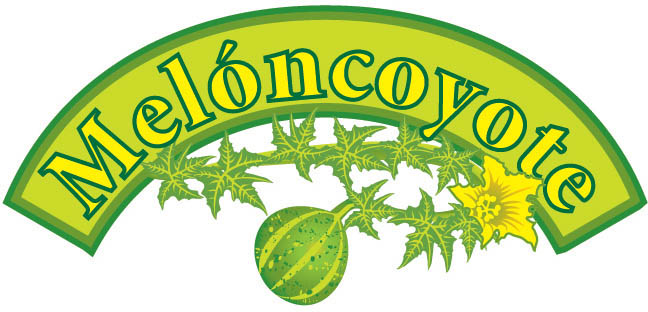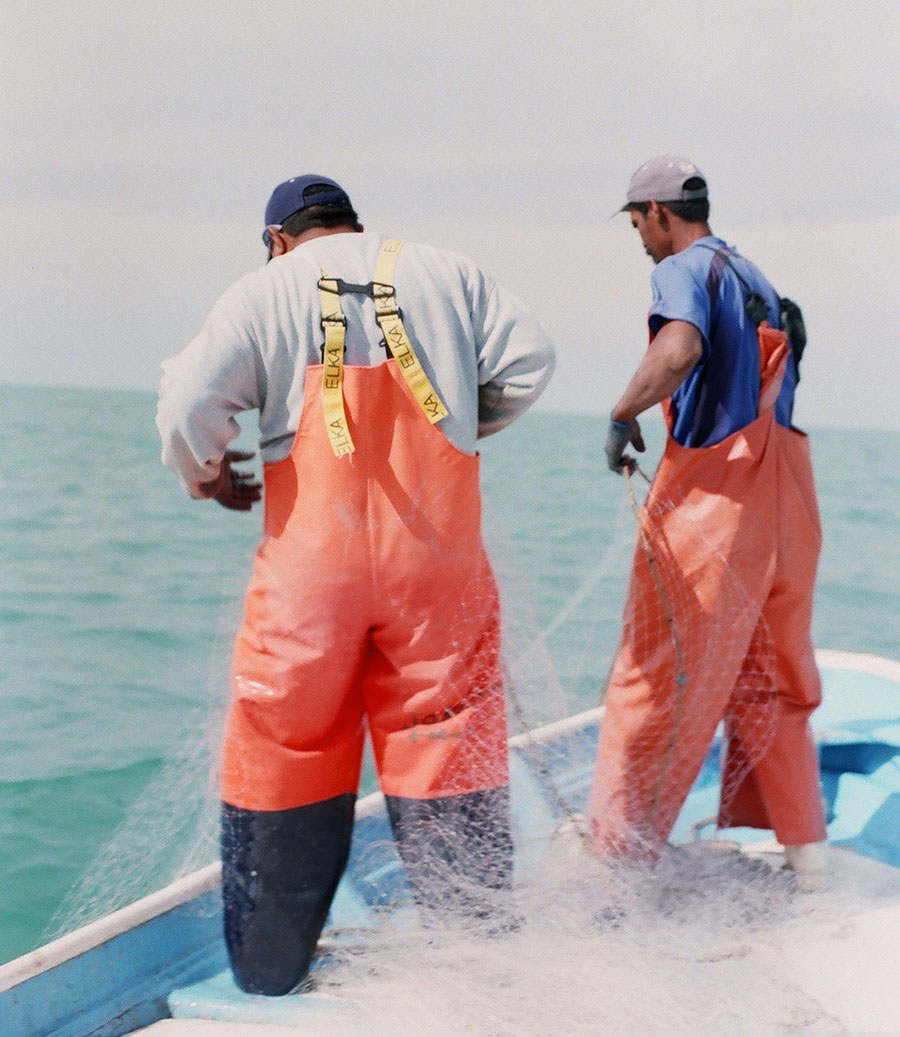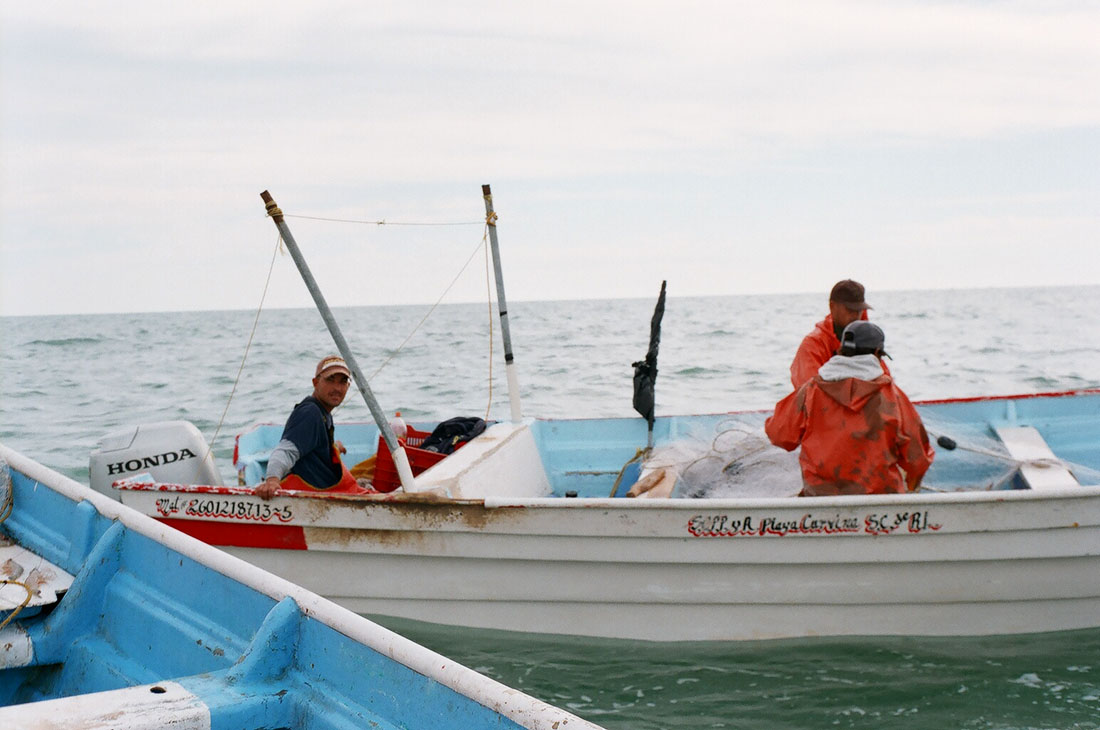
Last Chance to Save the Vaquita Porpoise
from Extinction
César Angulo
Golfo de Santa Clara (Sonora) – Today this community in the upper Gulf of California is faced with the challenge of turning fishing into a sustainable activity or otherwise suffering from the economic, social, and ecological effects of overfishing and the degradation of the marine environment.
In the past two years, Golfo de Santa Clara has been a laboratory where new, more selective and less environmentally harmful fishing techniques are being tested as part of a governmental program headed by the Secretary of the Environment and Natural Resources (SEMARNAT). The program is looking to rescue the Vaquita porpoise (Phocoena sinus) from the brink of extinction. The Vaquita is a small marine mammal that is usually found exclusively in the upper Gulf of California and is currently listed as critically endangered.
The good news is that in 2009, according to SEMARNAT, there were no reported Vaquita deaths in nets used in offshore fishing from “pangas” (small skiffs).

In previous years, the estimated number of
Vaquitas killed in fishing nets was more
than fifty, which had led to the rapid decline
of the species and its current endangered status.
In previous years, the estimated number of Vaquitas killed annually in nets was more than fifty, a rate of mortality that led to the rapid decline of the species and its current endangered status.
SEMARNAT also declared that the primary threat endangering the Vaquita is clearly their incidental capture in gillnets used in a number of fisheries in the upper Gulf.
José Campoy Favela, Director of the Biosphere Reserve of the Upper Gulf of California and the Colorado River Delta, stated that in 2009 the federal agency invested 65 million pesos (USD$5.2 million) to protect the Vaquita in the following two areas: conservation measures that have allowed the complete removal of gillnets from the Vaquita’s refuge area; and technological developments that have enabled the testing of new fishing equipment and techniques that are Vaquita-friendly. In addition to the technological restructuring program, where 60 projects in the zone were able to permanently modify their fishing equipment and methods to make them safe for the Vaquita, business restructuring has created alternative employment opportunities for 15 families who have left fishing behind to begin new businesses in the commercial, tourism and service sectors.
But in Golfo de Santa Clara, the fishermen have their doubts about whether the new, more selective nets will allow them to continue to catch enough to support their families. “The new net that the Government proposes we use, the “chango” net [a small trawl net], has been a failure, it hasn’t worked here, and it’s not going to work, it’s no good. We’ve spent a lot of time and energy testing it and the results are really bad”, says fisherman Juan Ocegueda.
He said that given the poor performance and lack of results from the new equipment, like the “RS-INP-MX” selective net which has excluders to avoid capture of sea turtles and Vaquitas and was designed by the National Fishing Institute, fishermen in this community are thinking of returning to traditional fishing equipment like long lines and gillnets which are known to have killed Vaquitas.

to catch enough fish to support their families
“In the last five years” the Director of the Reserve states that “there has been a reduction in fishing within the Upper Gulf of California and the Colorado River Delta Biosphere Reserve as part of the initiatives aimed at saving the Vaquita, a species endemic to the region”. In the three fishing communities near the Reserve, Golfo de Santa Clara and Punta Peñasco (Rocky Point) in Sonora and San Felipe in Baja California, programs to reduce off-shore fishing effort from “pangas” have been implemented.
Campoy Favela maintains that the government is also helping to outfit the fishermen from Golfo de Santa Clara so that they will have their own cold rooms, processing plants and transport, all of which can result in higher income from their fishing.
However, the strategy of reducing the amount of small-scale, off-shore fishing and protecting the Vaquita porpoise can’t compete with the industrial shrimp fleet, which is the one of the richest industries in northwest Mexico. For example, just last October, SEMARNAT approved the use of trawl nets by 82 ships within the buffer zone of the Upper Gulf of California and Colorado River Delta Biosphere Reserve. This was done in spite of the fact that trawl nets have been documented as one of the most harmful fishing practices to the marine environment and the approval of the use of trawl nets is in complete opposition to a wide range of projects endorsed and financed by SEMARNAT. Before SEMARNAT’s fishing project was authorized, it was subject to a period of public comment. During this comment period, José Fernando Ochoa from the Mexican Center for the Defense of the Environment indicated that in order to assure the Vaquita’s protection not only should shrimping be avoided, but all shipping traffic in the Vaquita’s refuge should be stopped as well. Shrimping has a high rate of incidental bycatch; it is estimated that for each shrimp captured in the net, there are also up to twenty other organisms from a wide range of species that are thrown back into the sea, usually already dead or dying.
As far as Mexican oceanographer Lorenzo Rojas-Bracho is concerned, it would be a shame for Mexico if the Vaquita, endemic to the upper Gulf, were to become extinct. He points out that for the first time, both local and federal authorities are making a real effort to prevent the animal’s demise. He also warns that the most urgent thing to do is to remove all of the gillnets from the Vaquita’s habitat. Gillnets have been dubbed “walls of death” by conservationists. They catch practically every live marine organism, including the Vaquita porpoise, which becomes entangled in the net and drowns because it can’t reach the surface to breath.
The last estimate made of the Vaquita population, based on the use of hydrophones that record their underwater sounds, showed approximately 129 live individuals, a precariously small population given that females reproduce only every other year. “We are certain that if we can avoid the Vaquita’s entrapment in fishing nets, its population can rebound”, asserts Rojas-Bracho.
A Sustainable Upper Gulf
Alto Golfo Sustentable (A Sustainable Upper Gulf) is a multi-organizational effort that supports the movement toward sustainable fishing practices and harvests by the fishermen of Golfo de Santa Clara, Puerto Peñasco and San Felipe. So far, the group has promoted the use of new, alternative fishing nets in order to decrease the impact that the fishermen have on the environment.
On the other hand, local fishermen view the desperate effort of the government to save the Vaquita from extinction with distrust. They say that first the their families have to be saved and that they need to be able to work with dignity. After that, everyone can work together to preserve the environment.
Carlos Tirado Pineda, a Representative for the upper Gulf of California, comments “we joined the environmental protection efforts and we accepted the prerequisite of an environmental impact statement in order to be able to fish, even though environmental laws went into effect many years after fishing had already begun in the upper Gulf”. In a letter sent in the name of the off-shore fishermen, Tirado Pineda maintained that the current restrictions, which limit the fishermen’s activities in the Vaquita’s refuge area, as well as in the Biosphere Reserve’s core area, are already adequate to reach an ecological balance. “We support ourselves by fishing which we will do responsibly, so we ask you [the government] to not allow pressure from radical environmental groups from outside of the zone or country, groups that are trying to restrict access to zones that are not off limits.
Golfo de Santa Clara finds is being faced with the challenge of achieving ecological sustainability in its fishing industry while not neglecting the well-being of the fishermen’s families. Organizations, governments and activists are working and monitoring what is happening in the Gulf in what has been called the last chance effort to save the Vaquita porpoise from extinction.
César Angulo is the Editor at: http://www.bionero.org/